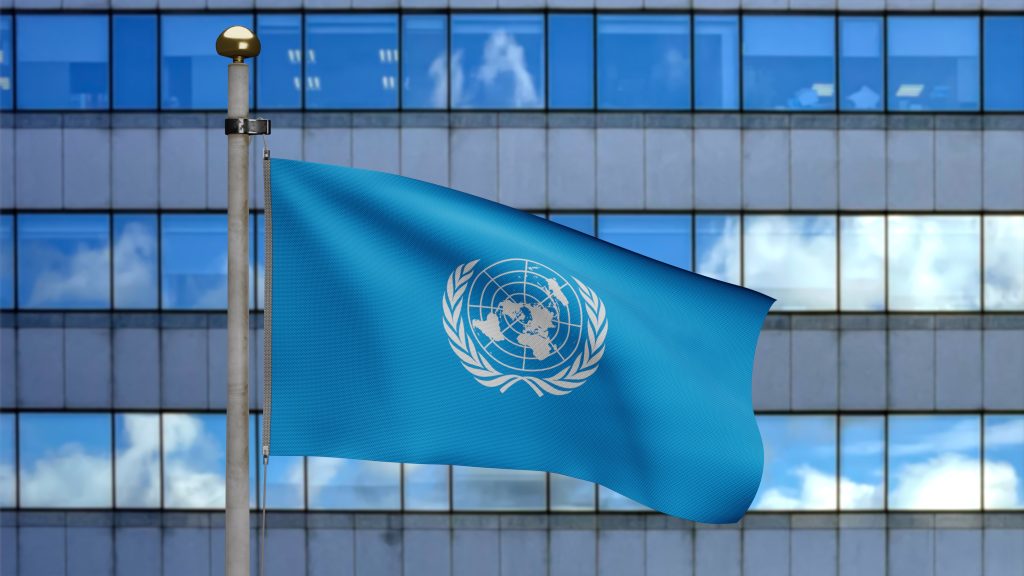United Nations unveils ‘UN 2.0’ transformation to accelerate progress towards SDGs
The core of this transformation is the ‘Quintet of Change,’ which combines key elements such as data, innovation, and behavioural science.

The UN is undergoing a significant transformation known as ‘UN 2.0’. This initiative, guided by the Secretary-General’s vision, fosters cutting-edge data, digital solutions, innovation, foresight, and behavioural science capabilities. The objective of UN 2.0 is to deliver more substantial results, provide better support to member states, and accelerate progress towards sustainable development goals (SDGs).
During a roundtable discussion, UN leaders and experts shared insights into the potential and strategies of UN 2.0. They emphasised the importance of early success stories, which can serve as models for enhancing the on-the-ground impact of a more flexible and modern UN. This engagement took place ahead of the launch of the Secretary-General’s policy brief on revamping UN 2.0, highlighting its significance.
At the core of UN 2.0 lies the ‘Quintet of Change,’ a powerful combination of data, innovation, digital solutions, foresight, and behavioural science solutions. Catherine Pollard, the Under-Secretary-General for Management Strategy, Policy, and Compliance, emphasised that UN 2.0 primarily benefits the people the UN serves in its 193 member countries. Additionally, UN 2.0 aims to develop new skills, attract talent, and improve UN organisations’ delivery.
Why does it matter?
UN 2.0 marks a commitment to continuously improve and adapt to better serve the people it aims to assist, leaving no one behind. The implementation of UN 2.0 signifies a significant transformation within the UN, aiming to enhance its skills and culture and accelerate progress towards the SDGs.

